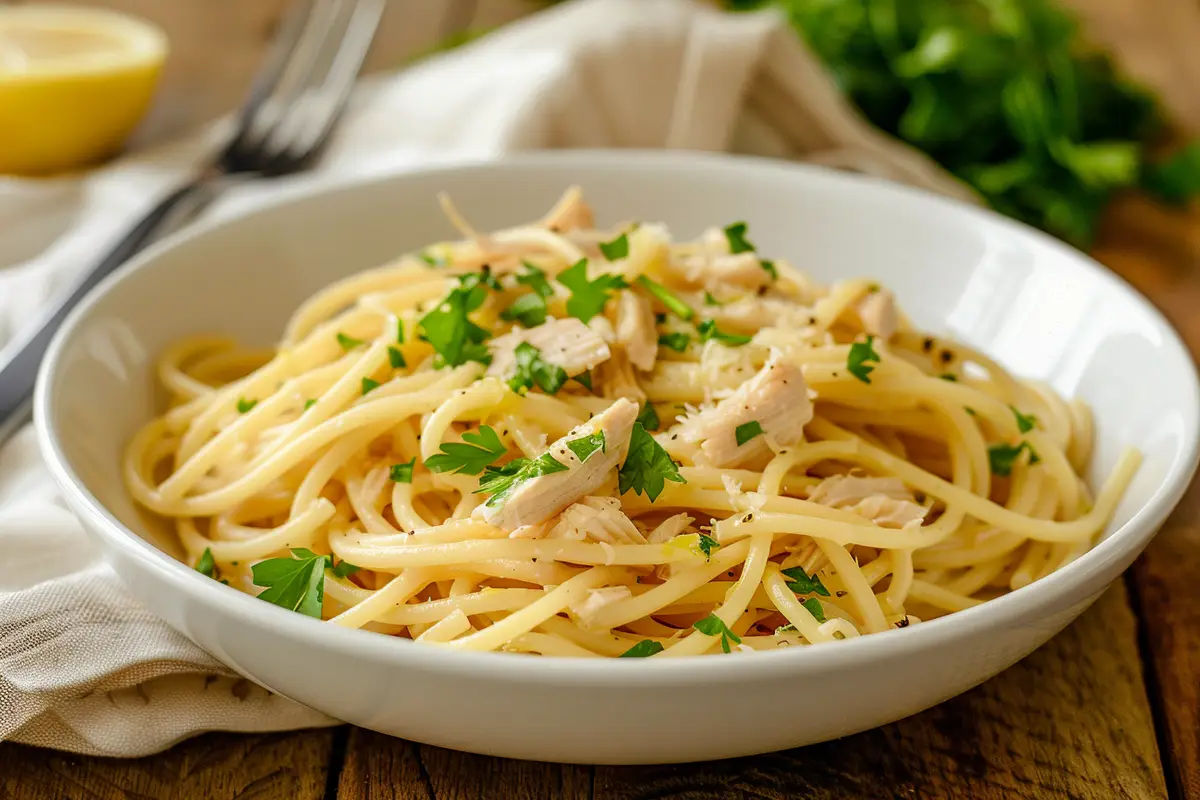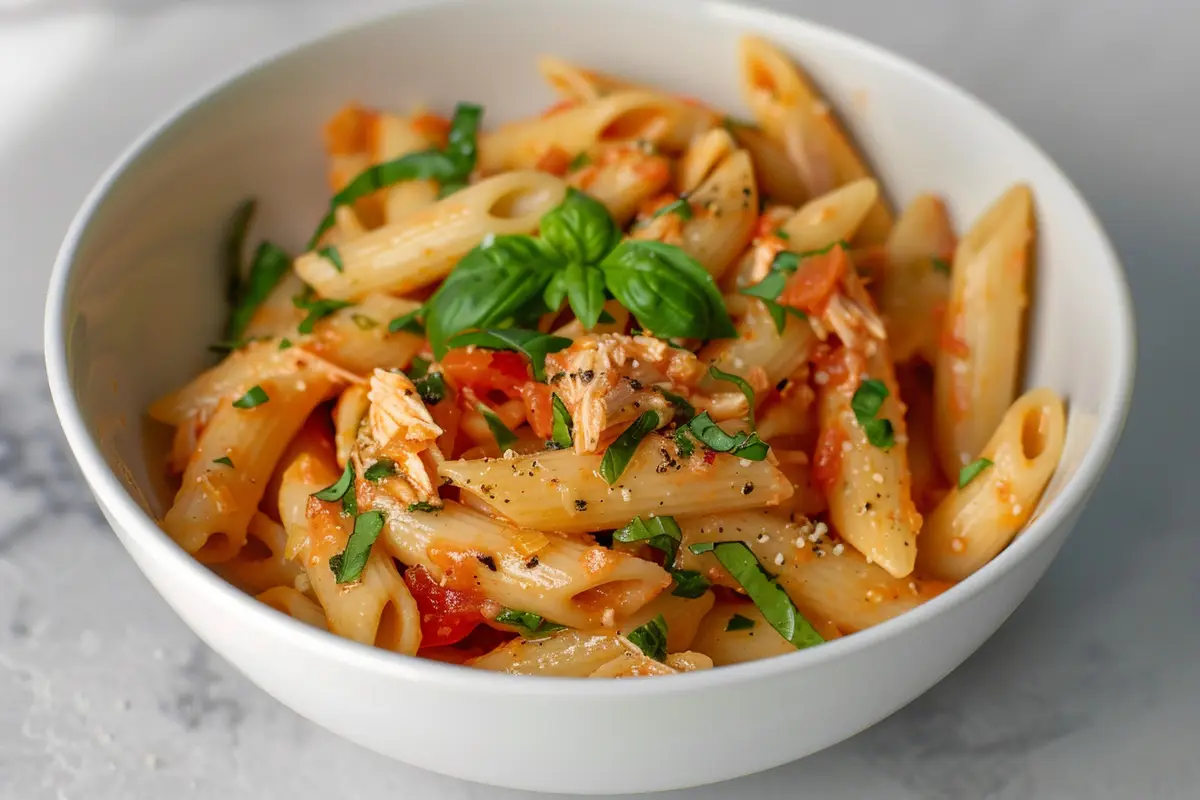Zero waste recipes are all about reducing food waste while creating delicious, eco-friendly meals. From using vegetable scraps to making creative pantry meals, these recipes encourage sustainable cooking practices that benefit both the planet and your wallet. In this article, we’ll explore how you can embrace zero waste recipes, reduce food waste, and contribute to a more sustainable lifestyle.
Table of Contents

0 Delicious Zero Waste Recipes for a Sustainable Lifestyle
- Total Time: 1 hour 10 minutes
- Yield: 8 cups of broth 1x
Description
Transform vegetable scraps into a rich and flavorful homemade broth with this easy zero waste recipe. Say goodbye to waste and hello to a nutritious, eco-friendly kitchen staple that can be used in soups, stews, and sauces. This recipe is perfect for those looking to reduce food waste while creating something truly delicious.
Ingredients
- 4 cups vegetable scraps (onion skins, carrot peels, celery ends, herb stems, etc.)
- 8 cups water
- 1 bay leaf
- 1 teaspoon black peppercorns
- 2 garlic cloves (optional)
- Salt to taste
Instructions
- Collect Vegetable Scraps: Store vegetable scraps in a freezer bag until you have enough for a batch of broth. Ensure they are clean and free of any spoilage.
- Prepare Broth: Add the vegetable scraps to a large pot and cover with 8 cups of water.
- Season: Add the bay leaf, peppercorns, garlic (if using), and a pinch of salt. Bring to a boil.
- Simmer: Reduce the heat to low and let it simmer for 45 minutes to 1 hour, allowing the flavors to infuse.
- Strain: Use a fine-mesh sieve to strain the broth, discarding the vegetable scraps. Adjust salt to taste.
- Cool and Store: Let the broth cool, then transfer it to jars or freezer-safe containers. Freeze in ice cube trays for easy portioning.
Notes
- Storage Tip: Broth can be stored in the refrigerator for up to 5 days or frozen for up to 3 months.
- Variations: Add ginger or lemongrass for an Asian-inspired broth, or use tomato scraps for a richer flavor.
- Eco-Friendly Tip: Compost the strained vegetable scraps to complete the zero-waste process.
- Prep Time: 10 minutes
- Cook Time: 1 hour
- Category: simply savory
- Method: Base/Stock
- Cuisine: Global
Nutrition
- Serving Size: 1 cup
- Calories: ~20
- Fat: ~0g
- Carbohydrates: ~4g
- Protein: ~1g
PART 1: What is Zero Waste Cooking?
What Does Zero Waste Cooking Mean?
Zero waste cooking is a sustainable approach to preparing meals, focusing on minimizing food waste and using every part of your ingredients. Instead of tossing vegetable peels, fruit skins, or leftover bread, you find creative ways to incorporate them into delicious meals. This helps reduce landfill waste and saves money at the same time. By embracing zero waste recipes, you’ll not only make the most of your ingredients but also contribute to a healthier planet.
Why are Zero Waste Recipes Important?
Food waste is a growing problem. According to studies, nearly one-third of all food produced globally goes to waste. Zero waste recipes help combat this issue by encouraging smart cooking practices. These recipes teach you how to stretch your resources, store food correctly, and turn potential waste into delicious meals.
Examples of Zero Waste Ingredients
- Vegetable scraps: Use onion skins, carrot tops, and herb stems for homemade vegetable broth.
- Overripe fruits: Perfect for smoothies, fruit compote, or baking banana bread.
- Stale bread: Great for croutons, bread pudding, or homemade breadcrumbs.
Incorporating zero waste recipes into your daily routine means you’ll discover how versatile and valuable these often-overlooked ingredients can be.
PART 2: Essential Ingredients for Zero Waste Recipes
Pantry Staples for Zero Waste Cooking
Having a well-stocked pantry with versatile ingredients can make it easier to follow zero waste recipes. Look for items that are long-lasting and adaptable to various meals. These staples can help reduce trips to the store and minimize packaging waste.
Key Pantry Staples:
- Grains: Rice, quinoa, and oats.
- Legumes: Lentils, chickpeas, and beans.
- Nuts and seeds: Great for snacks, baking, and making homemade nut butter or milk.
- Vinegar and oils: Essential for pickling and preserving food.
Fresh Ingredients to Prioritize
Fresh produce plays a crucial role in zero waste recipes. Choosing seasonal and local vegetables reduces the environmental impact and ensures your ingredients are at their freshest. Some vegetables are especially versatile, allowing you to use the entire plant.
Examples:
- Carrots: Use the roots in soups and salads; turn the greens into pesto.
- Cauliflower: Roast the florets, and pickle the stems.
- Citrus fruits: Use the juice in cooking, and dry the peels for homemade cleaning products or zest.
How to Store Ingredients to Avoid Waste
Proper storage is essential for preserving ingredients and ensuring they’re used before spoiling. Following these steps can help you maximize their shelf life:
- Keep herbs fresh by storing them in a glass of water, like a bouquet.
- Store potatoes and onions in a cool, dark place.
- Freeze leftovers in portion-sized containers for future use in your zero waste recipes.
By focusing on these essential ingredients and using proper storage techniques, you’ll always have what you need to whip up quick and delicious zero waste recipes without wasting food.
PART 3: 10 Best Zero Waste Recipes You Need to Try
1. Vegetable Scrap Broth
One of the easiest and most useful zero waste recipes is homemade vegetable broth. Collect scraps like onion skins, carrot peels, celery ends, and herb stems in a freezer bag. When full, simmer them in water with seasoning to create a rich, flavorful broth.
Pro Tip: Freeze the broth in ice cube trays for easy portioning.
2. Banana Peel Pancakes
Surprised? Banana peels are edible and can be used in creative ways. This zero waste recipe turns banana peels into fluffy pancakes packed with nutrients. Simply boil the peels, blend them, and mix them into your pancake batter.
3. Bread Pudding from Stale Bread
Stale bread doesn’t have to go to waste. Use it to make sweet or savory bread pudding. This zero waste recipe transforms leftover bread into a comforting dish by adding milk, eggs, and spices.
4. Pickled Vegetable Stems
Don’t throw away those broccoli stems or radish greens. Turn them into tangy pickles! This zero waste recipe only requires vinegar, water, salt, and your favorite spices. Pickling not only extends the life of your veggies but also adds a unique twist to your meals.
5. Citrus Vinegar Cleaner
Even citrus peels have a purpose. Use them to create an all-natural cleaning solution. Soak peels in vinegar for two weeks, and you’ll have a powerful, eco-friendly cleaner for your kitchen. While not edible, this zero waste recipe keeps your kitchen spotless without the need for chemical cleaners.

PART 4: How to Reduce Food Waste at Home with Zero Waste Recipes
Meal Planning for Zero Waste Success
The secret to reducing food waste lies in careful planning. By preparing a weekly meal plan and incorporating zero waste recipes, you can use up ingredients before they spoil and avoid unnecessary purchases.
Steps for Effective Meal Planning:
- Take inventory of what you have.
- Plan meals that use perishable items first.
- Batch cook meals and freeze portions for busy days.
Proper Food Storage Techniques
Proper storage is crucial for keeping ingredients fresh and ensuring they’re ready for your next zero waste recipe. Mismanagement of food storage is a common reason for waste, but these simple tips can help:
- Store fresh herbs in a glass of water, covered loosely with a plastic bag.
- Use airtight containers for grains and flours to prevent pests.
- Freeze excess produce to use later in smoothies, soups, or stir-fries.
Composting: The Ultimate Zero Waste Solution
Even when following zero waste recipes, there will still be inedible scraps like eggshells and coffee grounds. Instead of tossing them in the trash, start composting. Composting turns organic waste into nutrient-rich soil that can be used for gardening.
By incorporating smart meal planning, proper storage, and composting into your routine, you can reduce waste significantly. These practices go hand-in-hand with zero waste recipes, helping you maintain a sustainable and eco-friendly kitchen.
PART 7: Benefits of Zero Waste Recipes
Environmental Impact
Following zero waste recipes has a significant positive impact on the environment. When you reduce food waste, you help lower greenhouse gas emissions caused by rotting food in landfills. Additionally, making the most of your ingredients reduces the need for mass production and packaging, which can be harmful to the planet.
- Reduces Carbon Footprint: Less food waste means fewer emissions during production and disposal.
- Supports Biodiversity: Buying seasonal and local produce supports small-scale farms and reduces habitat destruction.
- Minimizes Plastic Waste: Many zero waste recipes focus on fresh and bulk ingredients, helping reduce packaging waste.
Economic Savings
One of the most practical benefits of adopting zero waste recipes is the cost savings. By using every part of your ingredients and repurposing leftovers, you’ll spend less on groceries and avoid frequent trips to the store.
- Stretch Your Budget: Stale bread becomes croutons, vegetable scraps turn into broth, and overripe fruits are perfect for smoothies or baking.
- Reduce Food Spoilage: Proper storage and meal planning ensure you waste less food and maximize the value of what you buy.
Health Benefits
Zero waste cooking emphasizes whole, unprocessed foods, which are healthier for you and your family. Many zero waste recipes also encourage fermented foods, which are excellent for gut health.
PART 8: Common Mistakes to Avoid in Zero Waste Cooking
1. Throwing Away Edible Scraps
One of the biggest mistakes people make is tossing scraps that are actually edible and nutritious. For example:
- Carrot tops: Great for pesto or soups.
- Broccoli stems: Delicious when roasted or used in stir-fries.
- Citrus peels: Perfect for zesting, flavoring, or making natural cleaners.
Avoid this by researching how to use scraps before discarding them. Many zero waste recipes offer creative ways to incorporate these parts into your meals.
2. Not Planning Ahead
Without a meal plan, it’s easy to buy too much food and end up wasting it. Zero waste recipes work best when you plan your meals around what you already have.
- Plan Meals Weekly: Use a checklist to track perishable items and create meals around them.
- Batch Cooking: Make large quantities and freeze portions to avoid last-minute waste.
3. Improper Storage
Improper food storage is a major cause of spoilage. Follow these tips to ensure your ingredients stay fresh:
- Use Airtight Containers: Keep grains, flours, and nuts in sealed jars to prevent moisture and pests.
- Freeze Leftovers: Many zero waste recipes are freezer-friendly, helping you reduce waste and save time.
- Store Herbs Properly: Place herbs in a jar of water and cover them loosely with a plastic bag to extend their freshness.
By avoiding these mistakes, you’ll stay on track with your zero-waste goals and make the most of every ingredient.

PART 9: FAQs About Zero Waste Recipes
1. What Are Examples of Zero Waste Foods?
Zero waste foods are ingredients that can be used entirely or have multiple purposes. Examples include:
- Vegetables: Use both the roots and greens, like carrots and radishes.
- Citrus Fruits: The juice for cooking, the zest for flavoring, and the peels for DIY cleaners.
- Stale Bread: Perfect for bread pudding, croutons, or breadcrumbs.
These foods align perfectly with zero waste recipes, helping you get creative while minimizing waste.
2. What Are the 5 Rules of Zero Waste?
- Refuse what you don’t need—say no to excess packaging and single-use items.
- Reduce your consumption—buy only what you need.
- Reuse—opt for reusable containers, bags, and bottles.
- Recycle what you can’t refuse, reduce, or reuse.
- Compost food scraps to create nutrient-rich soil for gardening.
3. What Are Zero Waste Meals?
Zero waste meals are dishes that use every part of the ingredients, often created from leftovers or food that might otherwise be thrown away. Examples include vegetable scrap broth, banana peel pancakes, and soups made from leftover vegetables.
4. What is an Example of a Zero Waste Product?
A zero waste product is something designed to minimize waste and reduce single-use consumption. Examples include:
- Beeswax Wraps: Replace plastic wrap for food storage.
- Reusable Produce Bags: Reduce plastic use while shopping for fresh fruits and vegetables.
5. How to Start a Zero-Waste Lifestyle?
Starting a zero-waste lifestyle can be simple and gradual. Here’s how:
- Assess your current waste—look for areas where you can reduce.
- Switch to reusables—start with small changes like reusable bags and water bottles.
- Incorporate zero waste recipes into your weekly meal plan to reduce food waste.
- Compost—it’s an essential step for reducing organic waste.
6. What is an Example of a Zero Waste Product?
Reusable items like bamboo toothbrushes, stainless steel straws, and silicone food storage bags are common examples of zero waste products. These products help reduce single-use plastic and promote a more sustainable lifestyle.
Conclusion
Zero waste recipes are more than just a trend; they represent a significant step toward living a more sustainable and mindful lifestyle. In a world where food waste contributes to global environmental challenges, adopting a zero-waste mindset can help reduce your personal carbon footprint while promoting healthier habits. These recipes allow you to use every part of your ingredients, turning what would have been discarded into delicious meals, snacks, and even household solutions.
One of the most powerful aspects of zero waste cooking is its simplicity. You don’t need fancy tools or expensive products to make an impact. It’s about making the most of what you already have and thinking creatively about how to avoid waste. For example, vegetable scraps that typically end up in the trash can become a flavorful broth. Overripe bananas can be transformed into banana peel pancakes, and citrus peels can be used to create natural cleaning solutions. These small but meaningful changes not only save money but also encourage healthier, homemade alternatives.
By following zero waste recipes, you begin to adopt a lifestyle that revolves around thoughtful consumption. This way of cooking also teaches us to appreciate food more deeply—every ingredient has value, and nothing should go to waste. Meal planning plays a crucial role in this process. When you plan your meals and store food properly, you extend the life of your ingredients, avoid unnecessary purchases, and reduce spoilage. Batch cooking, freezing leftovers, and composting are all simple strategies that make a significant difference in reducing waste at home.
Living sustainably doesn’t mean sacrificing flavor or creativity in the kitchen. In fact, zero waste recipes often lead to some of the most creative and flavorful dishes because they require you to think outside the box. These meals push you to combine flavors and textures in new ways, making use of every ingredient you have on hand. Leftover vegetables become hearty stews, stale bread becomes croutons or bread pudding, and fruit peels turn into candy or infused vinegar.
The benefits of this lifestyle extend beyond the kitchen. Not only do zero waste practices help reduce environmental harm, but they also encourage a deeper connection to the food you eat. You begin to think more carefully about where your food comes from, how it’s grown, and how you can support local farmers and sustainable agriculture.
Adopting zero waste recipes also fosters a strong sense of community. Sharing these ideas and practices with friends and family helps spread awareness about reducing waste. Hosting zero waste dinner parties or sharing surplus produce with neighbors strengthens your network while promoting sustainable living. These small, everyday choices add up over time, creating a lasting impact on both the environment and your personal lifestyle.
Even if you’re just starting your zero-waste journey, remember that every step counts. Begin with simple changes, like composting your food scraps or incorporating one zero waste recipe into your weekly meal plan. Over time, these habits will become second nature, and you’ll find yourself making smarter, more sustainable choices without even thinking about it.
Ultimately, zero waste cooking is about progress, not perfection. You don’t have to go completely zero waste overnight. Start where you are, use what you have, and take it one meal at a time. Each small effort contributes to a more sustainable future for you, your community, and the planet.
So, why not take the first step today? Look around your kitchen, find an ingredient you might have overlooked, and challenge yourself to make something new with it. Whether it’s a jar of homemade vegetable broth or a batch of candied citrus peels, these small experiments can inspire lasting change in how you think about food and waste.
For more zero waste recipes and sustainable cooking inspiration, visit Elyse Recipes. Together, we can reduce food waste, protect the environment, and enjoy every bite along the way.







